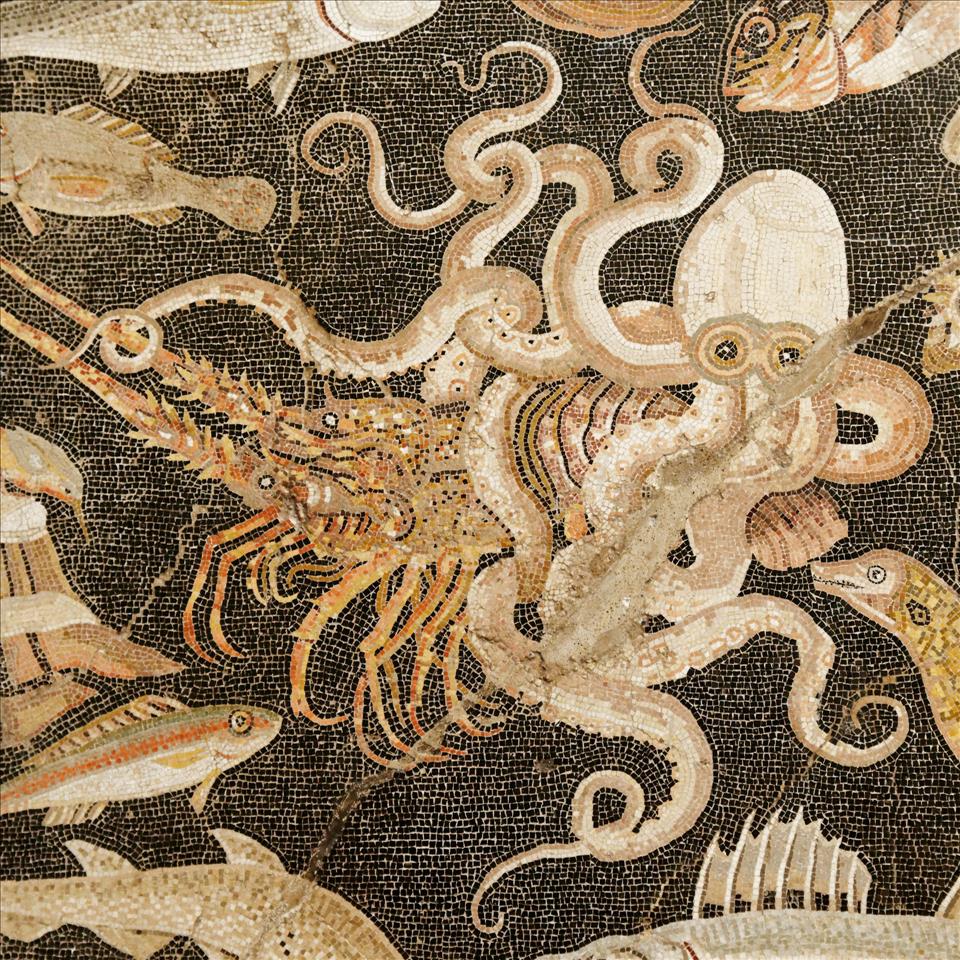
Aristotle, Aelian And The Giant Octopus: The Earliest 'Citizen Science' Goes Back More Than 2,000 Years
Collecting information from members of the public has long been a method of scientific research. We call it citizen science . According to National Geographic, this is“the practice of public participation and collaboration in scientific research to increase scientific knowledge”.
Today, citizen science is a popular practice, with dozens of programs designed by academics to engage the public and leverage power by numbers. Its origins, however, go much farther back than you might think – all the way to ancient times.
Aristotle and animalsMost of us know of Aristotle (384–322 BCE) for his philosophical works, but he was also a great scientist .
Aristotle consulted the general public when undertaking his scientific research projects. He wrote a number of books about animals, the greatest of which was his History of Animals . He also wrote smaller works including Parts of Animals and Generation of Animals. Collectively, these are usually referred to as Aristotle's biological writings .
The European conger eel (Conger conger) is one of hundreds of species of birds, mammals and fish identified in Aristotle's writings. Wikimedia
The Roman scholar Pliny the Elder (approximately 24–79 CE) has told us about some of Aristotle's research methods when writing these texts.
According to Pliny, Alexander the Great (356–323 BCE) – who was Aristotle's student – supported Aristotle's research on animals by ordering the public to collaborate:
An 1885 depiction of Alexander the Great with his tutor Aristotle. The New York Public Library
Modern scholars aren't certain Alexander actually gave this order. Nonetheless, Aristotle's writings about animals often refer to information he received from others who worked directly with animals, such as hunters, beekeepers, fishermen and herdsmen.
For example, Aristotle thought worker wasps die off during the winter while mother wasps live through it. He must have relied on the reports of farmers for this information. In the History of Animals, he wrote :
Aristotle was at times also critical of the eyewitness information he received. For instance, in Generation of Animals, he says some people told him fish don't copulate, because they had not seen fish copulating. But he goes on to say these people are wrong – and that he himself knows fish do indeed copulate:
Aristotle was right. While most fish don't have sexual intercourse, some do . Clearly, Aristotle had either asked enough people and/or investigated the issue himself to find the truth.
Detail from a 12th-century manuscript of Aristotle's History of Animals, from the Laurentian Library, Florence. Biblioteca Medicea Laurenziana Theophrastus and trees
Aristotle wasn't the only ancient researcher who got information from members of the public. Another was the philosopher Theophrastus (372–287 BCE), whose main area of research was plants. Like Aristotle, Theophrastus weighed up and tested the credibility of the different reports provided to him.
In his Enquiry into Plants, he rejects the opinion of some of his informants, saying :
Fresco depiction of a garden, Pompeii, 1st century AD. Wikimedia
Instead, he preferred the report of some sailors. These sailors, who had made a voyage and examined the trees in person, reported that frankincense and myrrh come from different trees.
Theophrastus believed them – and once again he was right. Frankincense comes from Boswellia trees, whereas myrrh comes from Commiphora trees.
Strange talesCollecting information from the public isn't straightforward. People might fabricate information, or report strange and bizarre sights that are difficult to verify.
The Roman historian Claudius Aelian (2nd-3rd century CE) collected all kinds of (sometimes strange) stories about animals for his work On Animals.
In one passage Aelian describes a number of animals with rather odd features:
Elsewhere, Aelian reports on strange creatures we are more familiar with. Take, for example, his story of a giant octopus :
Aelian says one of the merchants wanted to fight the octopus to prevent it stealing their food, but was too afraid as the creature“was too big for one man” to fight.
This octopus mosaic made in Spain dates from the 2nd-3rd century AD – around the same time Aelian was alive. World History Encyclopaedia/Museo Arqueológico Nacional , CC BY-NC-SA
We don't know whether Aelian's stranger stories are true or not. Nonetheless, it's clear at least some of these tales were collected from other people during his research.
By getting help from the public, ancient researchers were able to make a great deal of progress in studies of subjects such as animals and plants. They had to be careful, though. Much like today, discernment was necessary in the case of strange tales.
-
History
Science
Ancient history
Citizen science
Scientific research
Aristotle
Alexander the Great
Ancient world
Aelian
Pliny the Elder

Legal Disclaimer:
MENAFN provides the
information “as is” without warranty of any kind. We do not accept
any responsibility or liability for the accuracy, content, images,
videos, licenses, completeness, legality, or reliability of the information
contained in this article. If you have any complaints or copyright
issues related to this article, kindly contact the provider above.


















Comments
No comment